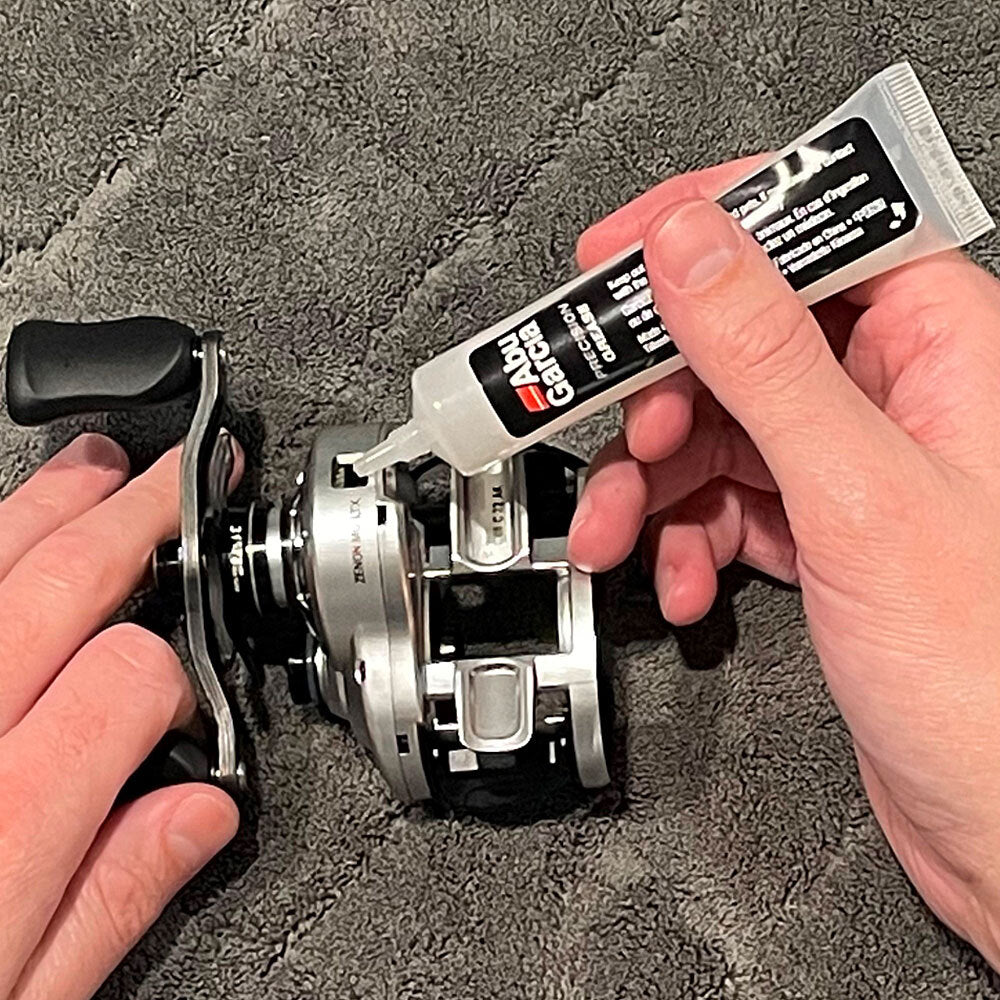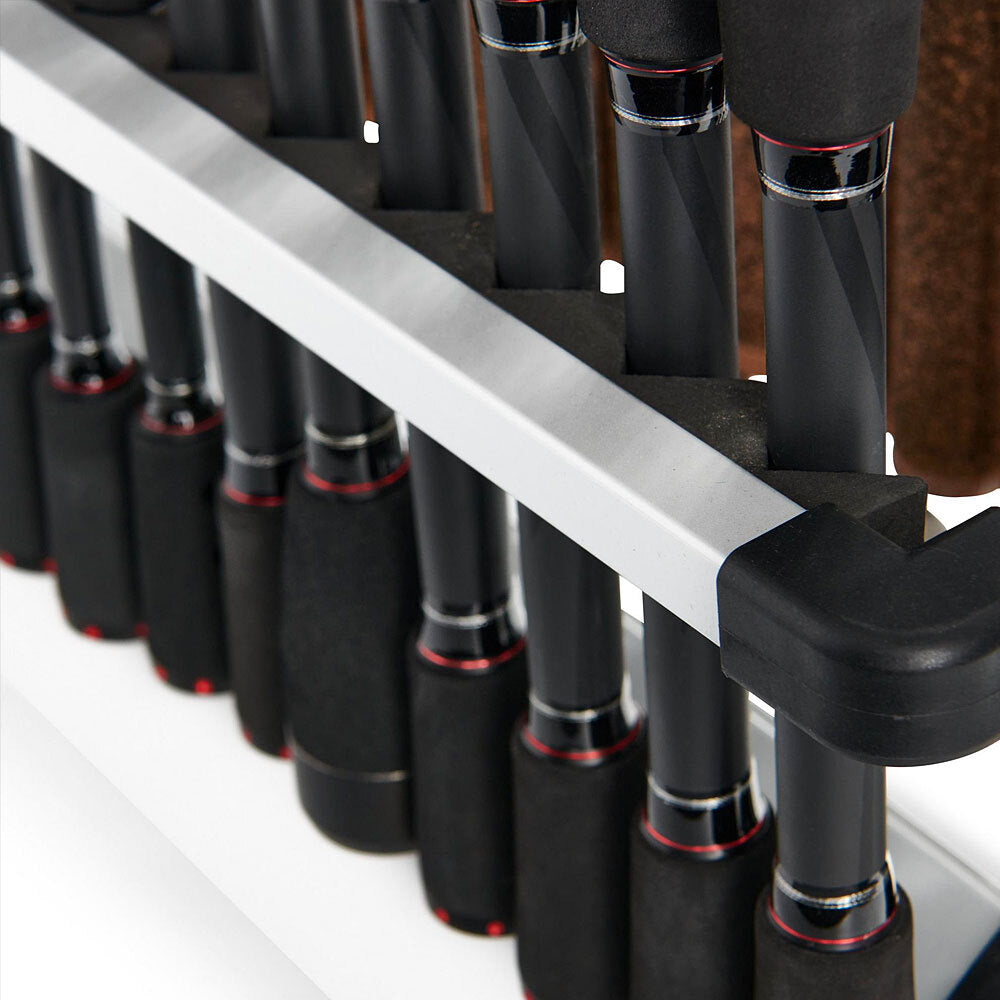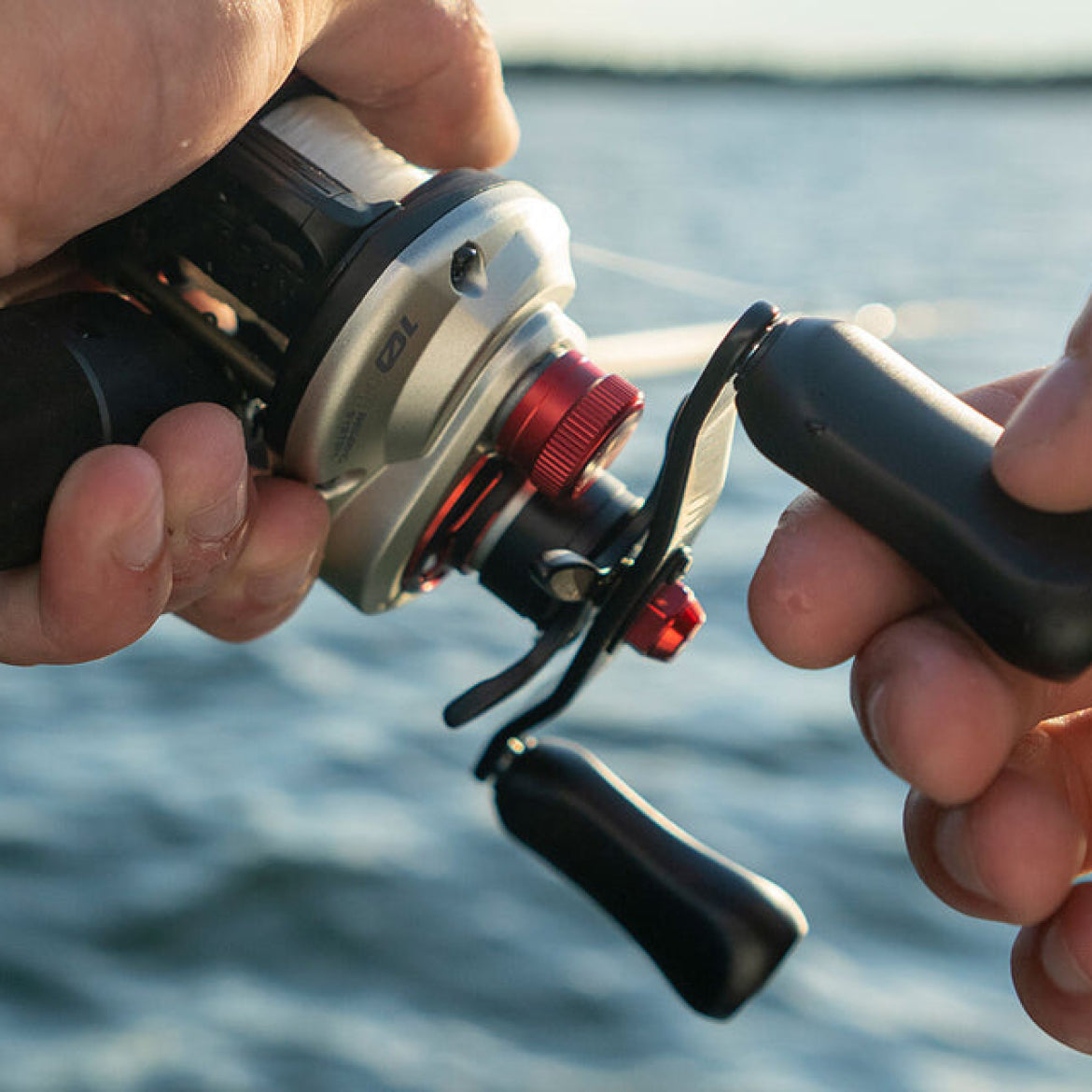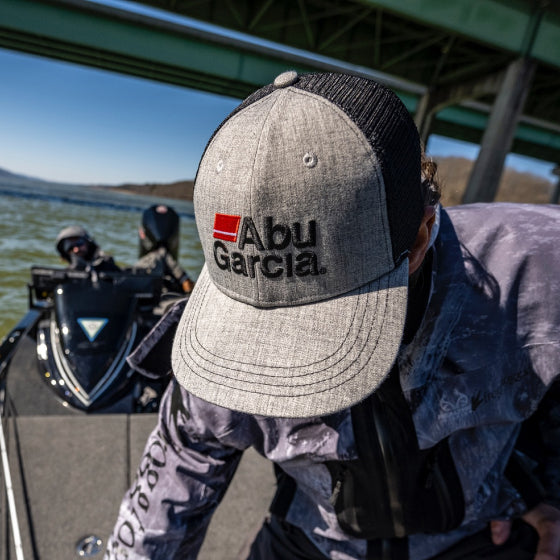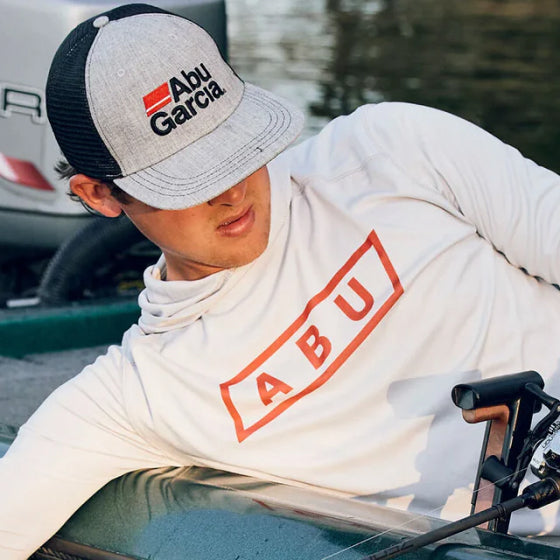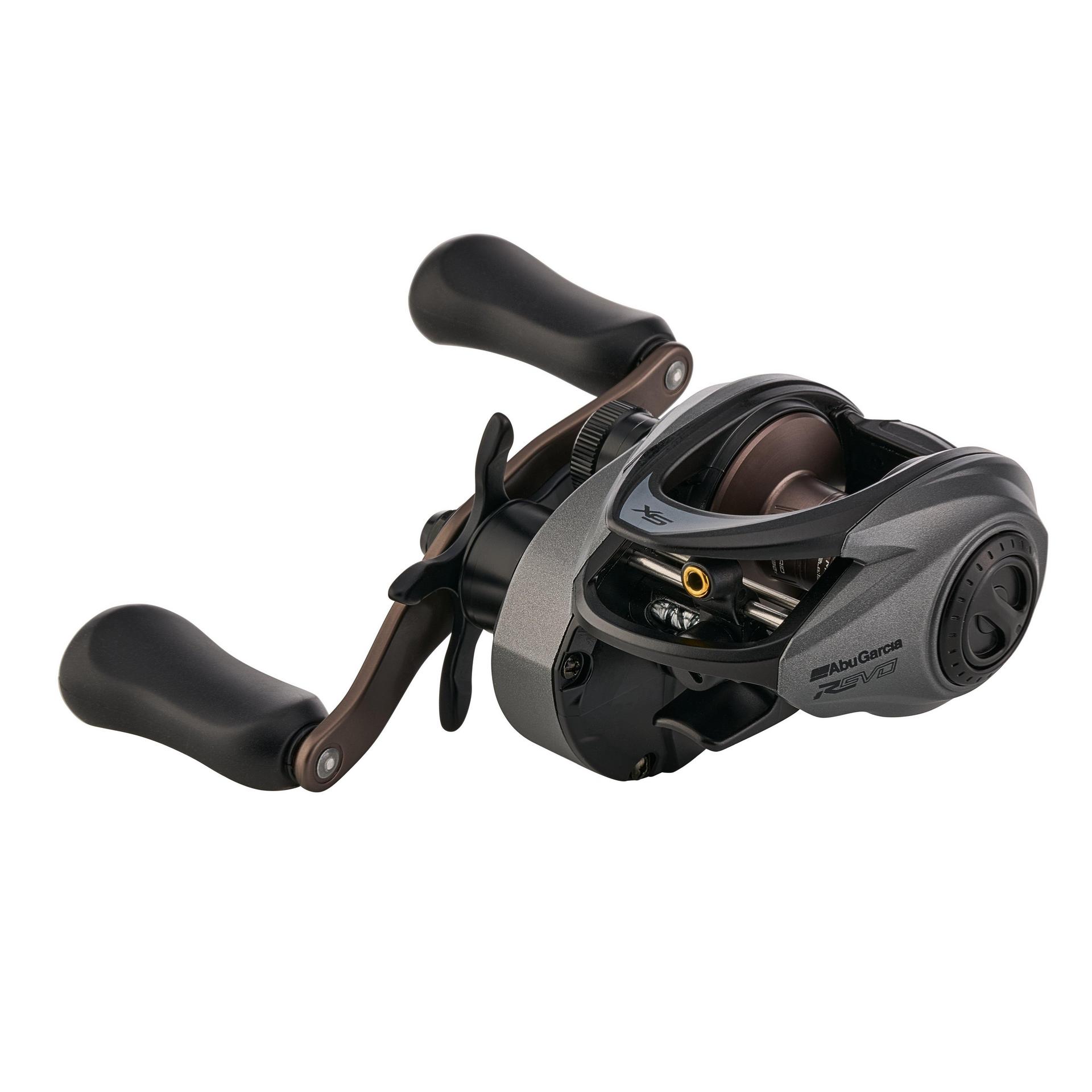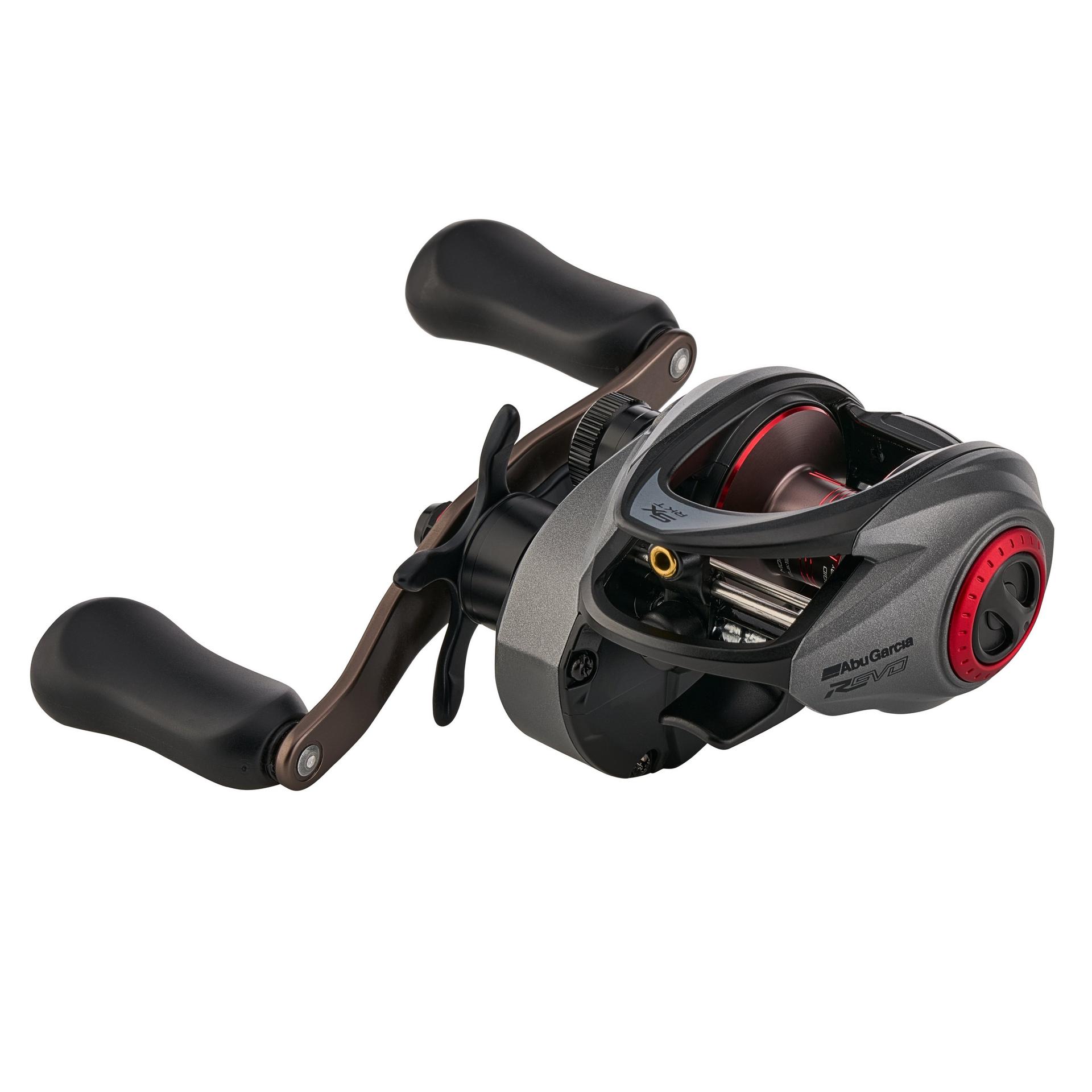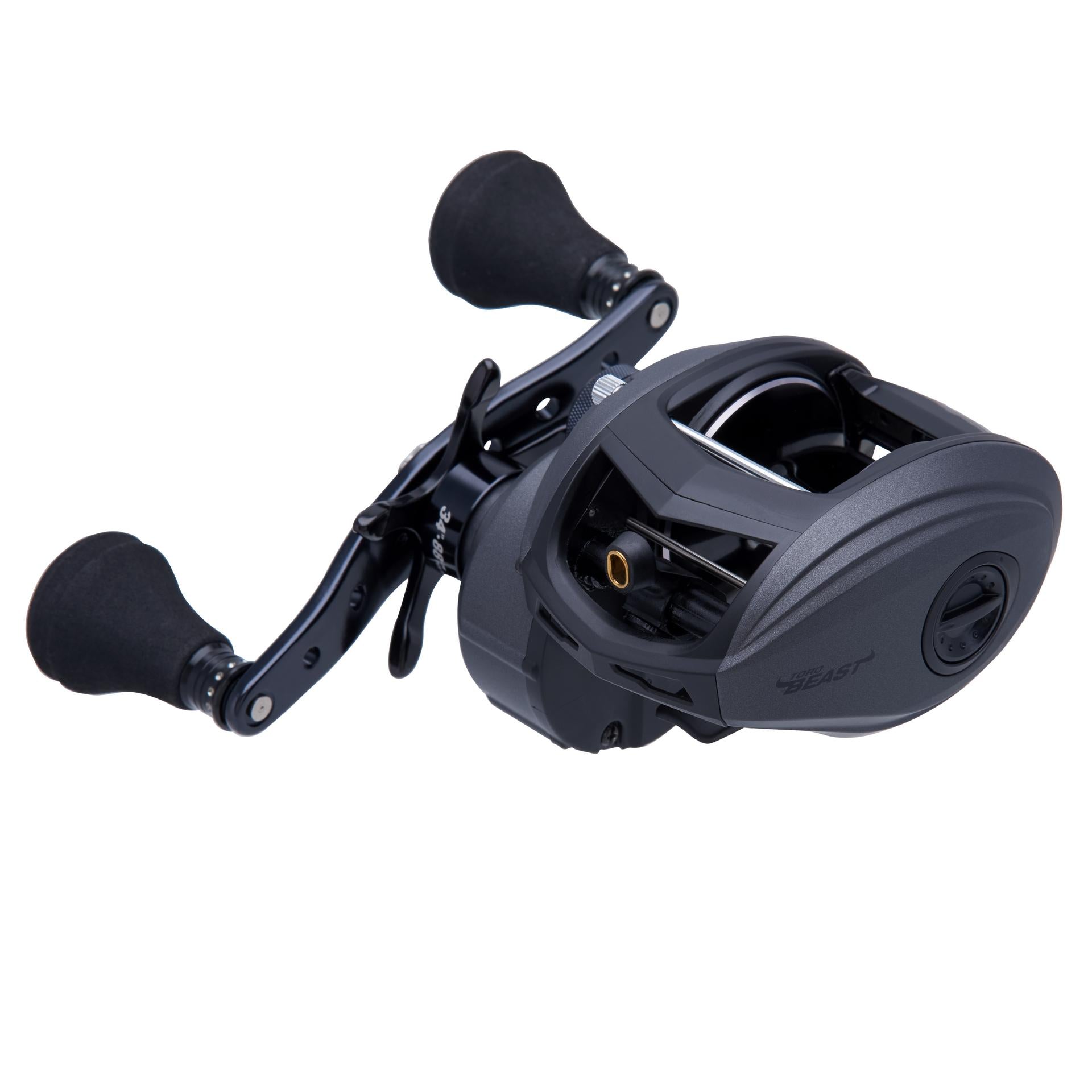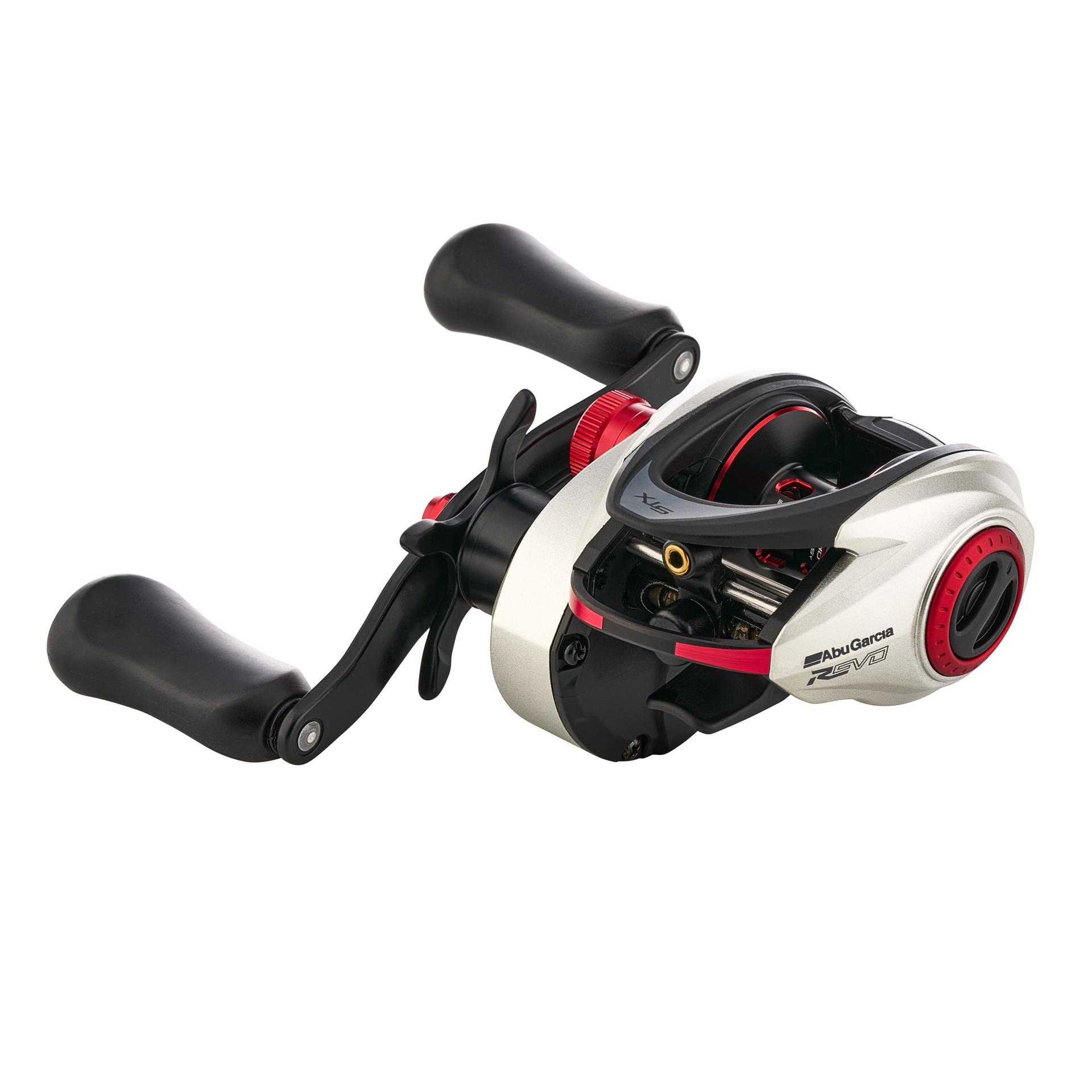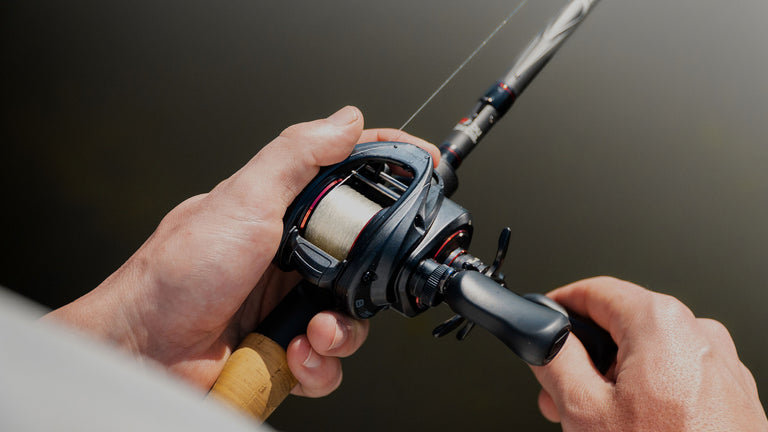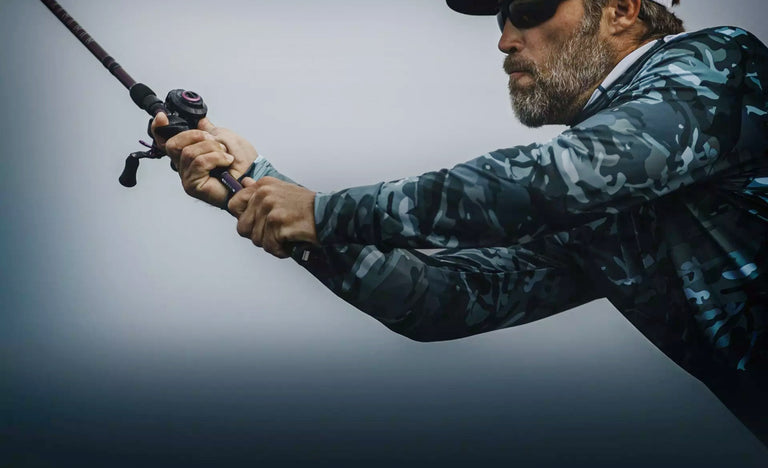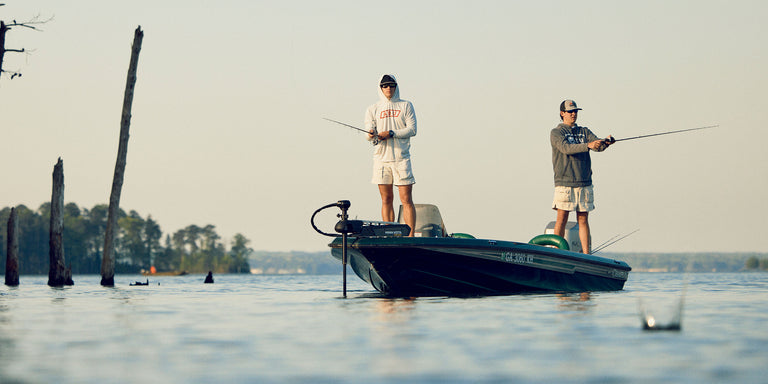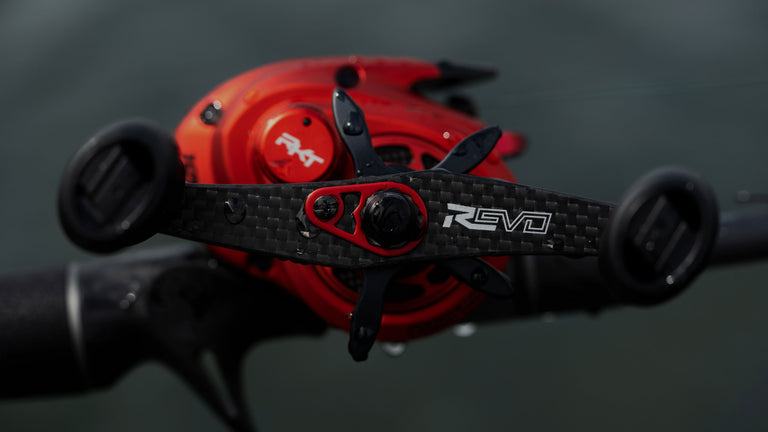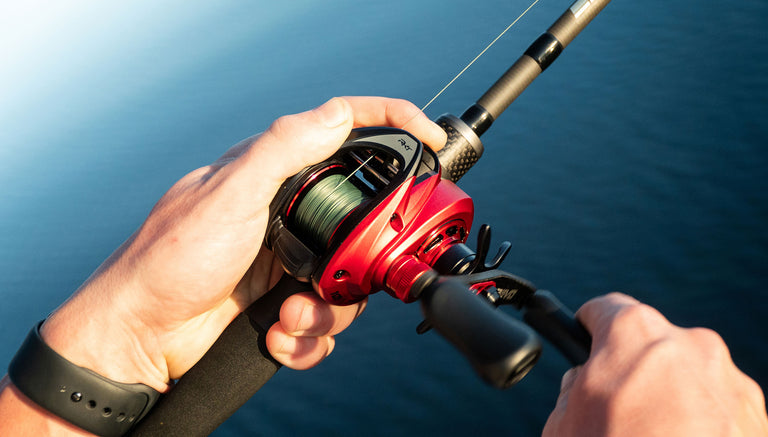CRANKBAIT FISHING
Reel Gear Ratios Explained
The evolution of fishing reels, particularly in bass fishing, reveals a clear trend: they're getting faster, with gear ratios steadily increasing.
What was considered fast in the 1970s (5:1) is now deemed slow by many. Today, gear ratios below 6:1 are relatively rare, with some models, like the Abu Garcia Revo Rocket at 10.1:1, doubling the line retrieval rate compared to the fastest models of a generation ago.In general, speed is advantageous. However, the challenge arises from our natural reeling pace, which tends to remain constant regardless of the reel's speed. This muscle memory, or "comfortable revolutions per minute" (CRPM), often leads us back to our usual rhythm, irrespective of the reel's capabilities.
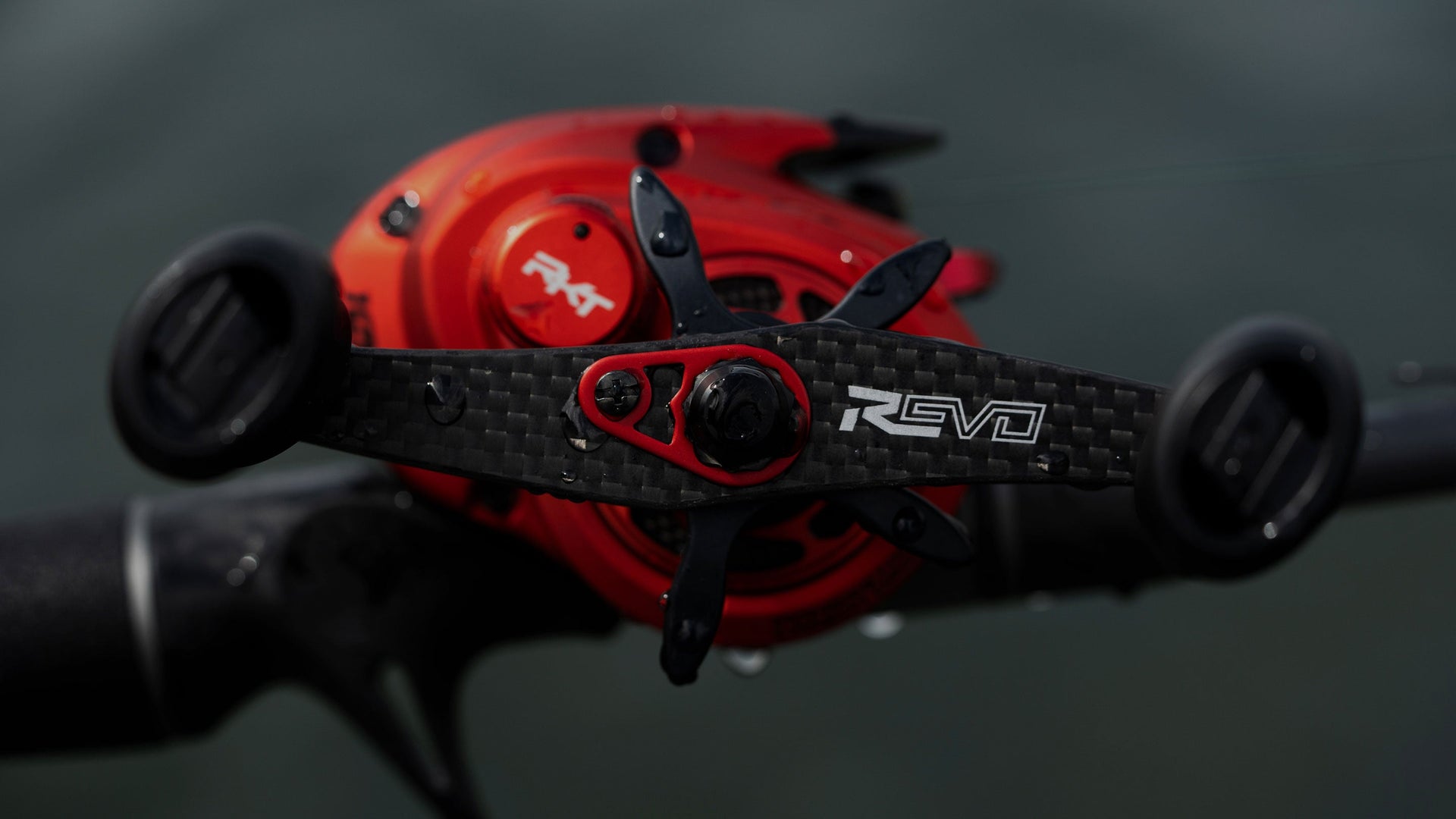
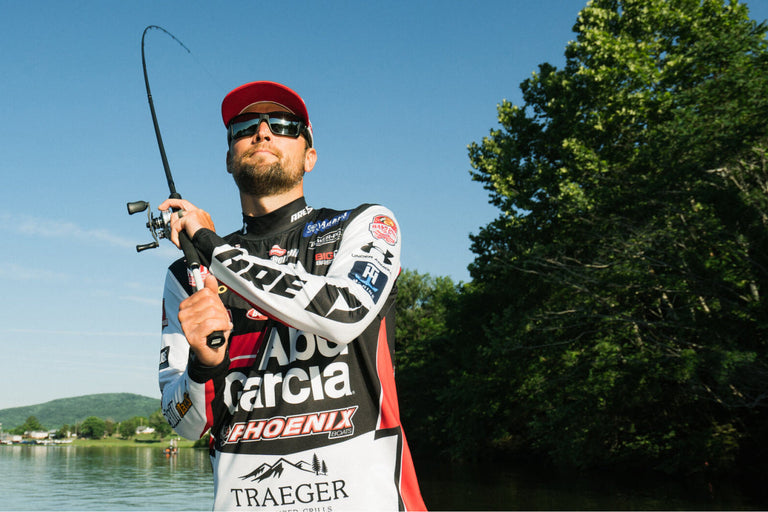
“For most anglers, a rhythm of about 120 turns per minute feels right when winding a crankbait or spinnerbait”
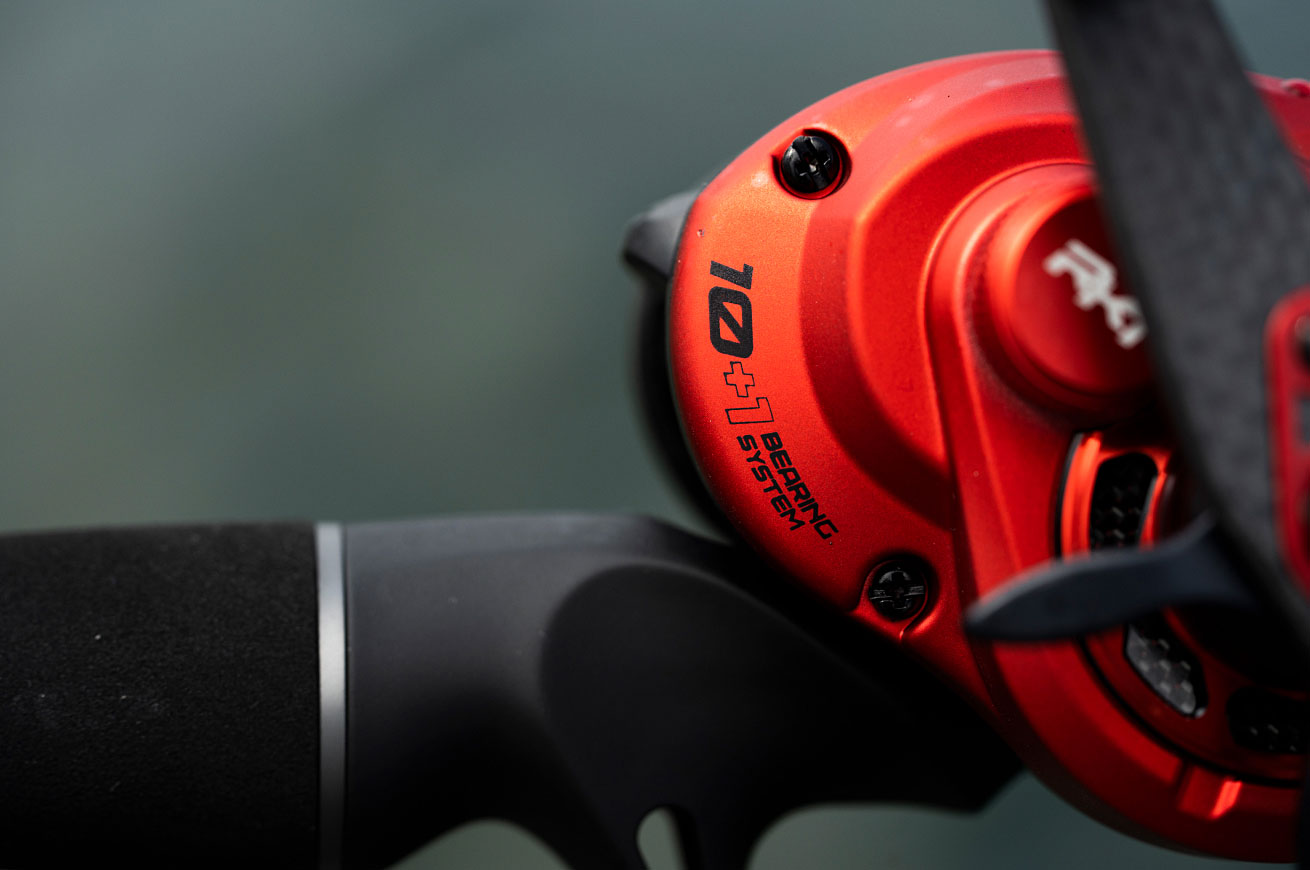
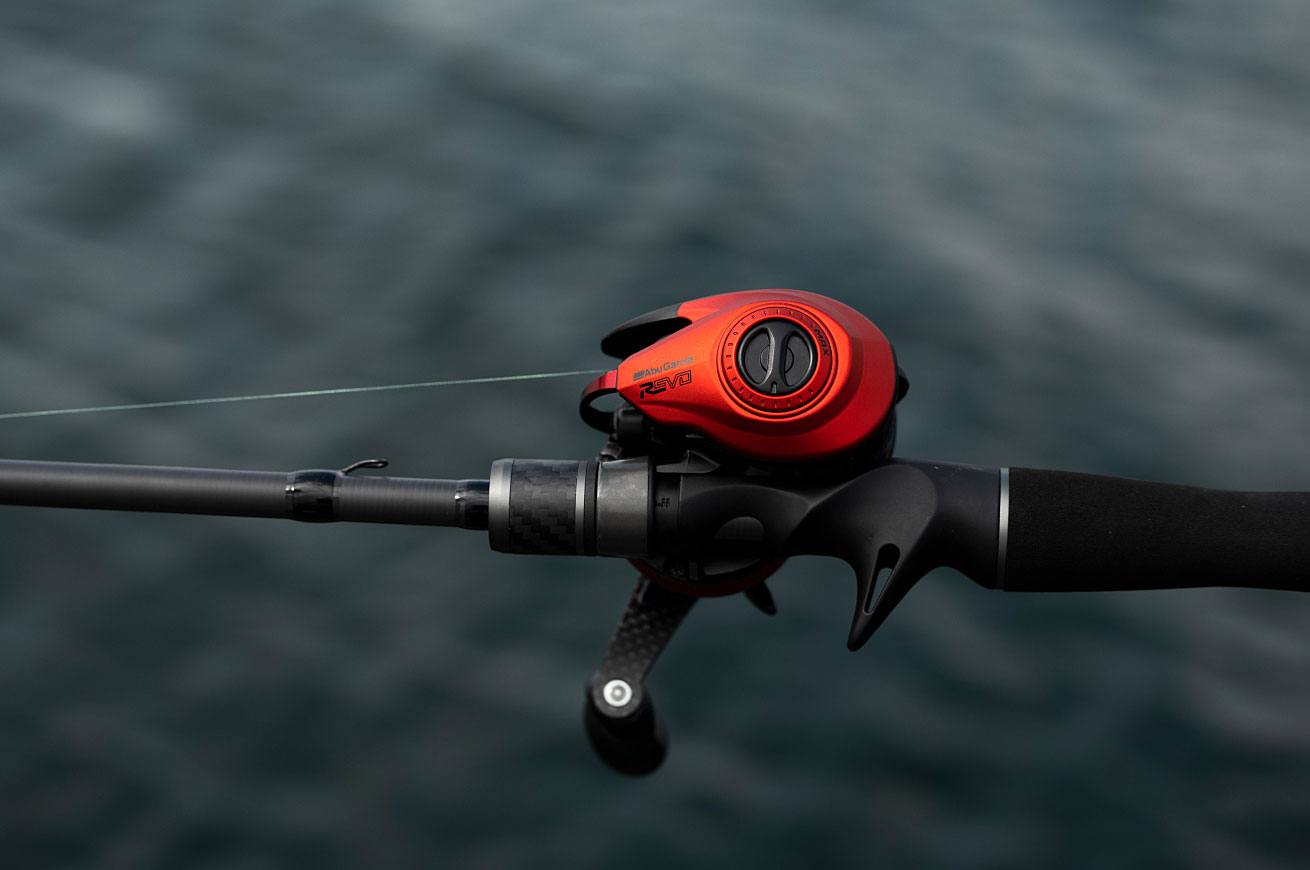
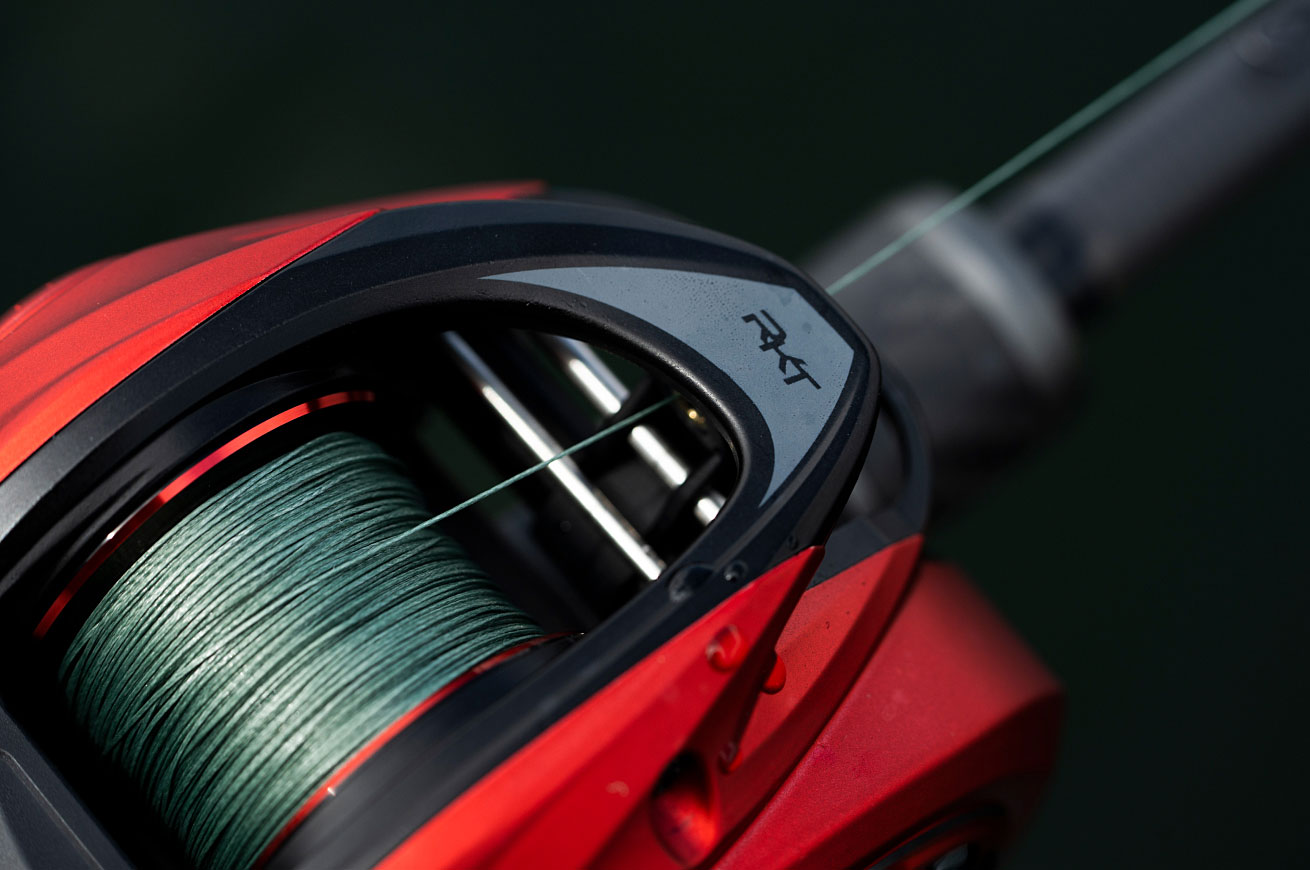
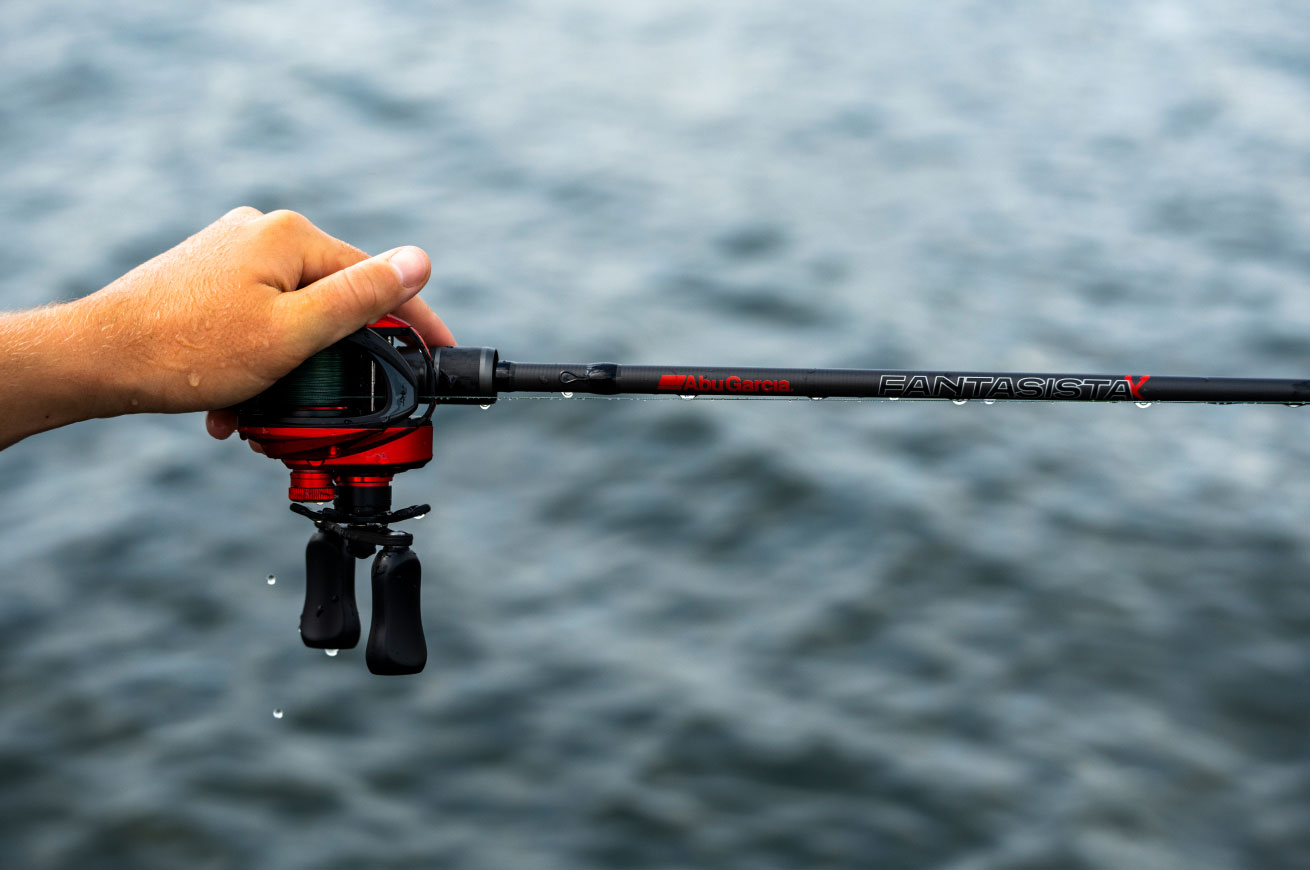
Finding a Rhythm
Consider the scenario: you're out on the water, focused on fishing, but distractions abound. Your mind wanders to the condition of your outboard or the ominous cloud on the horizon. Before you know it, you've defaulted to your natural cranking pace, oblivious to its suitability for the day's fishing. But is that pace optimal for your fishing conditions?For most anglers, a rhythm of about 120 turns per minute feels right when winding a crankbait or spinnerbait. Perhaps your comfort level is a relaxed 100 or an energetic 150. Whatever it may be, you instinctively drift towards it without much thought.Now, consider this practically: with the lightning-fast 10.1:1 Revo Rocket, you're reeling in 410 feet of line per minute at 120 RPM. That's equivalent to the length of a football field—remarkably fast! Conversely, with the 5.4:1 Revo X, you're retrieving at a more leisurely pace, hauling in 220 feet of line per minute.Admit it, there have been times when you strayed from an effective retrieval speed towards your default pace. But here's the catch: using a reel ill-suited to your bait and technique diminishes your efficiency and compromises your catch rate.The solution? Know your tendencies, equip yourself with the right tools, and deploy them strategically. While a high-speed reel like the Revo Rocket is invaluable, it's not always the perfect fit. Likewise, a "slow" reel has its merits, especially in certain situations.Here are four scenarios where a "slow" reel—6:1 or less—is your best bet:
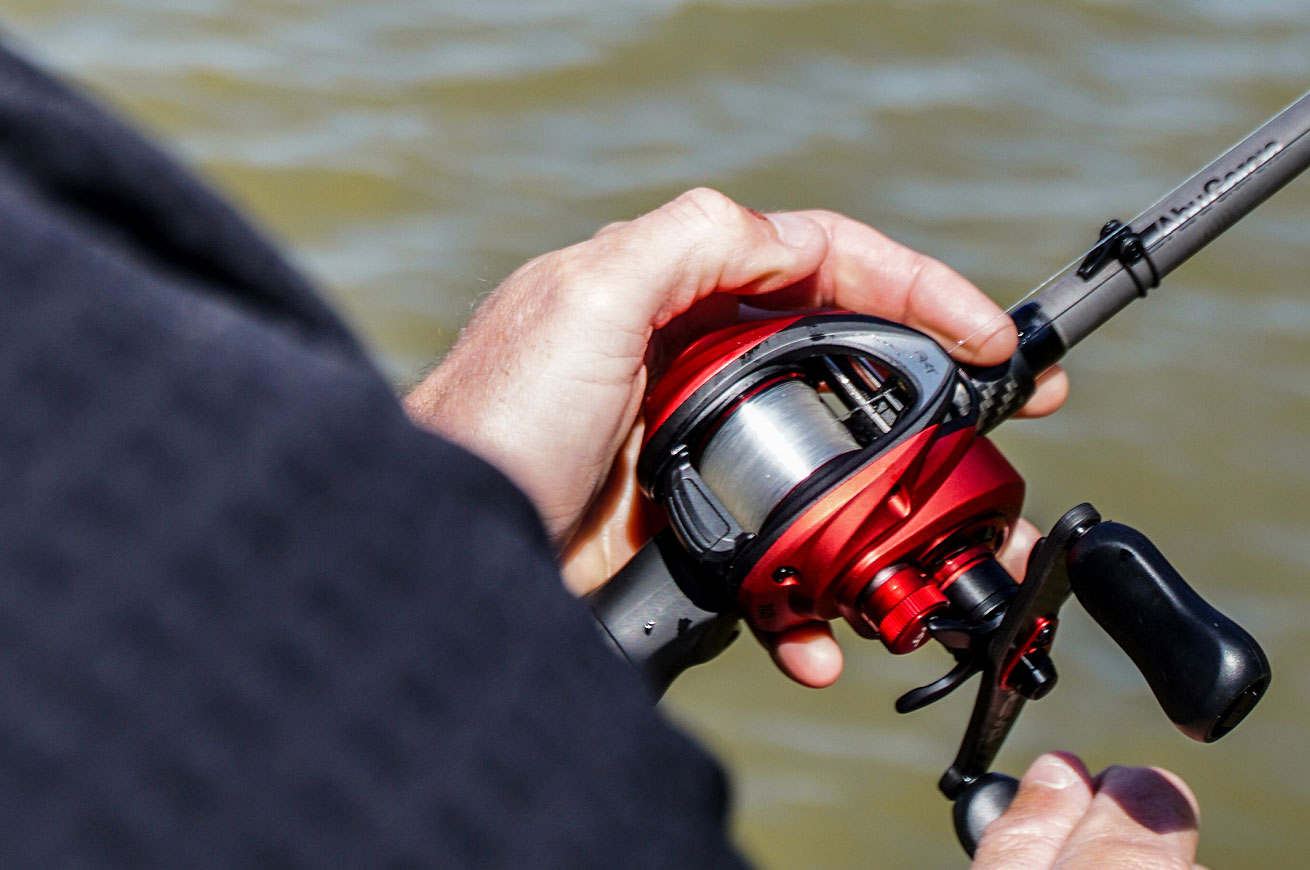
“In many bass fishing scenarios, your lure spends only a brief moment in the strike zone during the cast.”
SCENARIO 1
When the water is cold (below 50ºF), slowing down to match the fish's metabolism is crucial.
Bass, being cold-blooded, mirror the temperature of their aquatic environment. When the water dips to around 50 degrees or lower, they tend to be lethargic, exhibiting reduced activity and diminished interest in pursuing lures compared to warmer conditions. To align with their subdued mood, opt for a slower reel. This allows you to maintain a comfortable cranking pace while ensuring your lure moves at an enticing speed to entice sluggish bass.
SCENARIO 2
When you want to get the greatest depth out of a crankbait.
Crankbaits — especially deep-diving crankbaits — do not dive their deepest on a fast retrieve with a fast reel. A more moderate retrieve will get them plumbing the depths better, and that means a reel that retrieves line at a pace of 20 to 24 inches per turn of the handle. Anything faster than that will actually cause the lure to dive less deep on a conventional cast and retrieve.
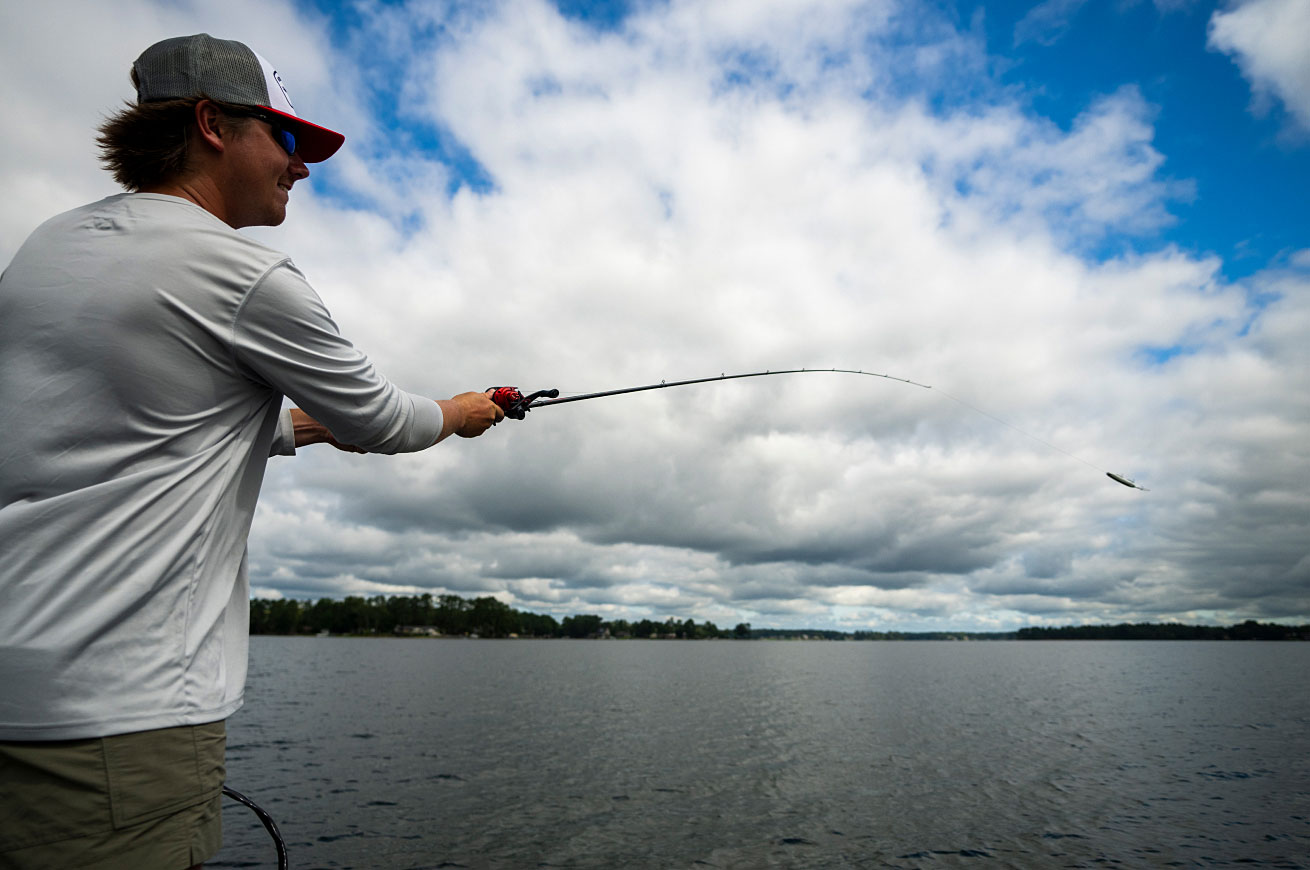
“A slow reel can be our ally, saving us from our own tendencies to fish too fast.”
SCENARIO 3
When you need your lure to be working effectively all the way back to the boat.
Let's get real. In many bass fishing scenarios, your lure spends only a brief moment in the strike zone during the cast. This is especially true when pitching or flipping, and often when targeting shoreline cover with various lures like spinnerbaits, buzzbaits, crankbaits, or bladed jigs.In other situations, like fishing swimbaits or jerkbaits, the strike can happen at any point in the cast. In these cases, a slower reel allows you to maintain an enticing pace, increasing your chances of a strike as you retrieve your lure all the way back to the boat.
SCENARIO 4
When you just can’t seem to slow down any other way!
For those of us who struggle to dial back our pace when it's necessary, a low gear ratio reel becomes our saving grace. It acts as a failsafe, preventing us from overworking our lure, maintaining an appropriate speed for the conditions, and ensuring we stay within the strike zone. In essence, a "slow" reel becomes our ally, saving us from our own tendencies to fish too fast.
